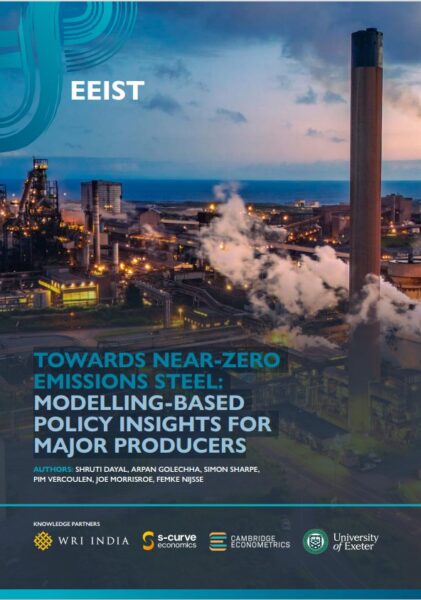Towards Near-Zero Emissions Steel: Modelling-Based Policy Insights For Major Producers
Our new report assesses four policy options – carbon pricing, restrictions on the construction of new blast furnaces, subsidies and public procurement, and mandates – for their ability to boost deployment of technologies with “near-zero” emissions.
Our analysis finds that carbon pricing, a policy option implemented or planned by many governments, is most likely to drive a shift towards the recycling of scrap steel – but not to enable the deployment of clean technologies for primary steel production. Restrictions on the construction of new blast furnaces would be likely to have a similar effect.
Steel can already be made from recycled scrap at competitive prices; around a quarter of the world’s steel is made this way.
Decarbonising primary steel production is the more difficult challenge: for this, new technologies are needed. The report finds that targeted subsidies together with public procurement, or clean steel mandates (requiring a rising proportion of primary steel production to be near-zero emissions) could enable the new technologies to be deployed.
Using the four policies together could incentivise more recycling and support the deployment of new technologies – with a “combined impact far exceeding that of any single policy”.
